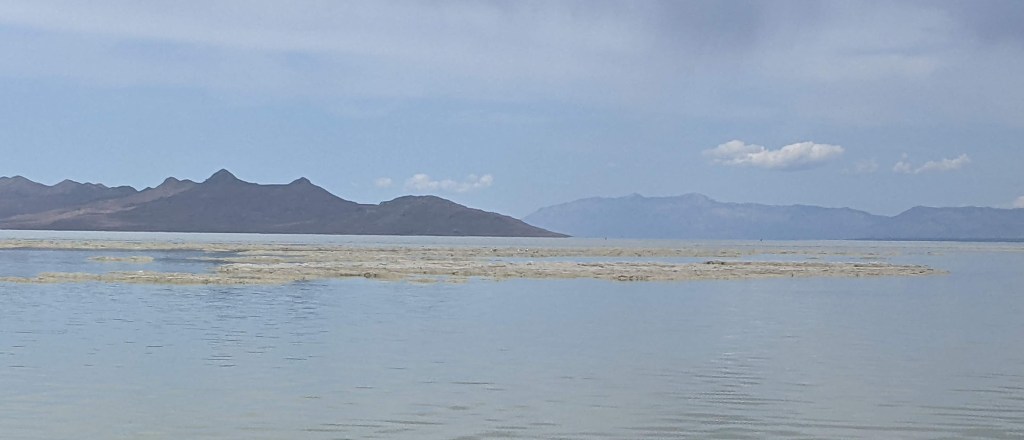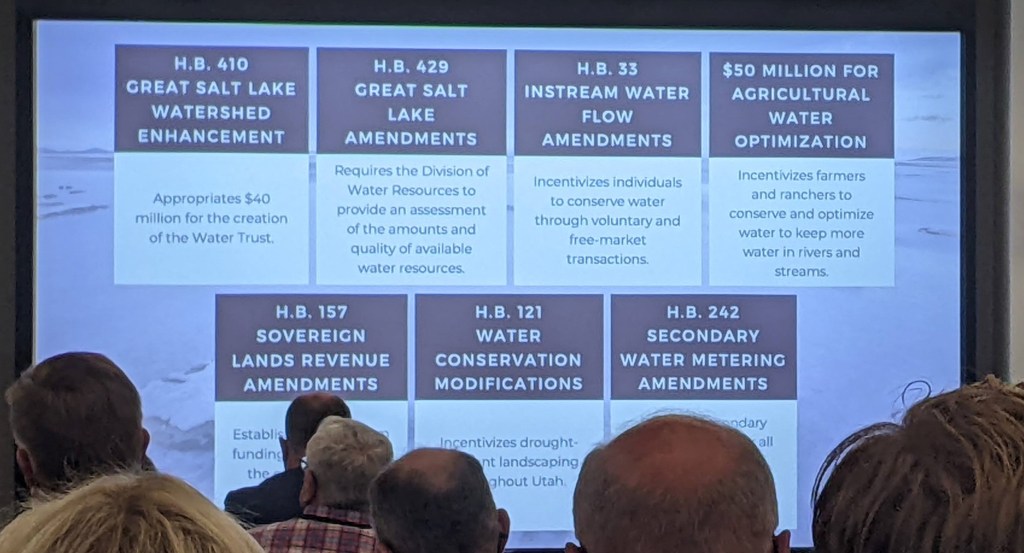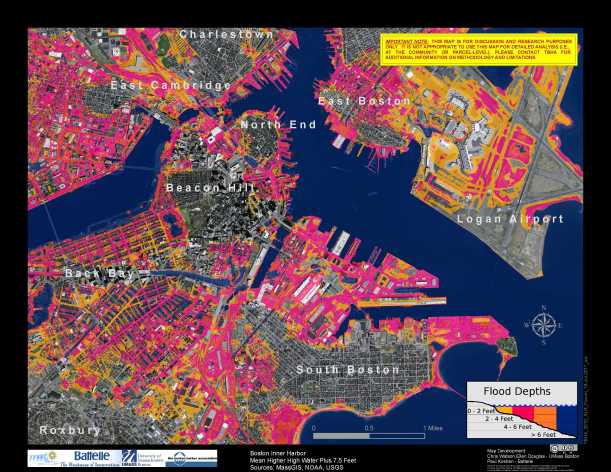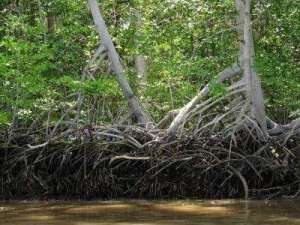The last few years have been unusual and challenging and I have not been posting to this blog. I have decided it is time to change that. The pandemic seemed to confirm that we are detrimental to the environment, but also that we can change that. For example, air quality change is possible if we can figure out a way to commute less. It is as important as ever to be aware of how we impact the environment and how we might be able to do better. But that is not what I want to talk about today. I have something specific on my mind.

I just got back from a conference on the Great Salt Lake in Utah. I received my Master of Science and started a new job during the pandemic. I am now a laboratory technician at the University of Notre Dame, spending most of my time researching the Great Salt Lake (GSL). I had the opportunity to go to a conference put on by Friends of Great Salt Lake, where my boss was one of the keynote speakers. It was unlike any conference I had been to. There were talks on ecology (what I study), birds, salinity, but also talks about bills that had recently been passed in the Utah legislature. Water rights in the western U.S. are complicated, and I don’t completely understand them, but they affect the amount of water that flows into GSL. There has been a decrease in snowpack in the mountains that feed the rivers that flow into the lake. And most of the water in those rivers is diverted for city or agricultural use.
GSL is a hypersaline, terminal lake, meaning it is significantly saltier than the ocean and no water flows out of it. Its ecology is relatively simple because only a few species can survive at its salt levels. It is important to migratory birds and to the economy of Salt Lake City. Last year it reached a historic low water level and it is expected to reach an even lower mark this year. The salinity is consequently increasing. The brine shrimp and brine flies, and the algae they depend on, are in danger of decreasing such that the birds won’t have enough food. The politicians are very excited about the bills that have passed, but so far no increase in water flowing into the lake has actually happened. I am concerned that it will take some sort of obvious calamity (i.e. massive bird die-off) before enough change will happen. As several scientists said at the conference, if we can’t get more water into the lake, nothing else will matter and it will disappear.





